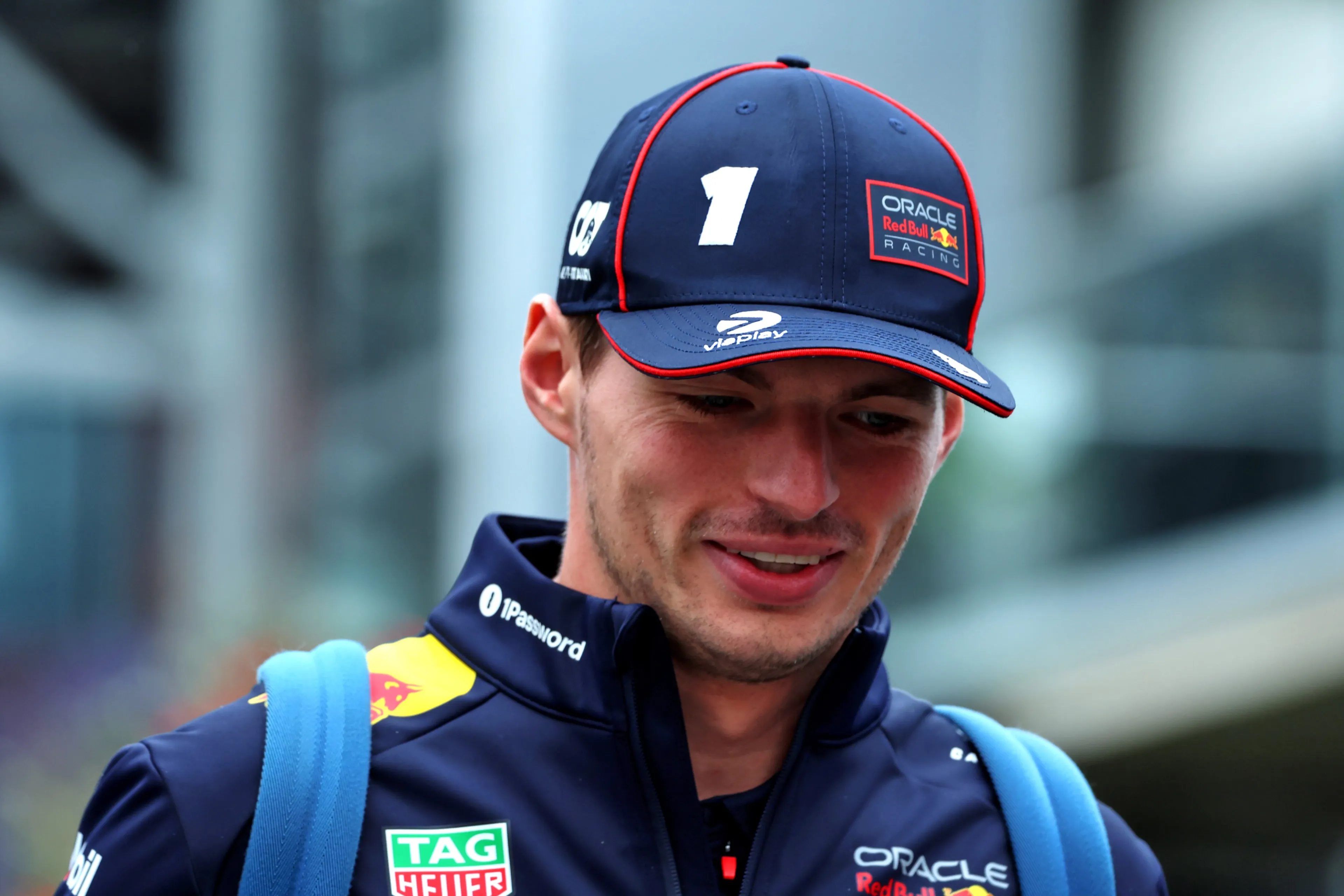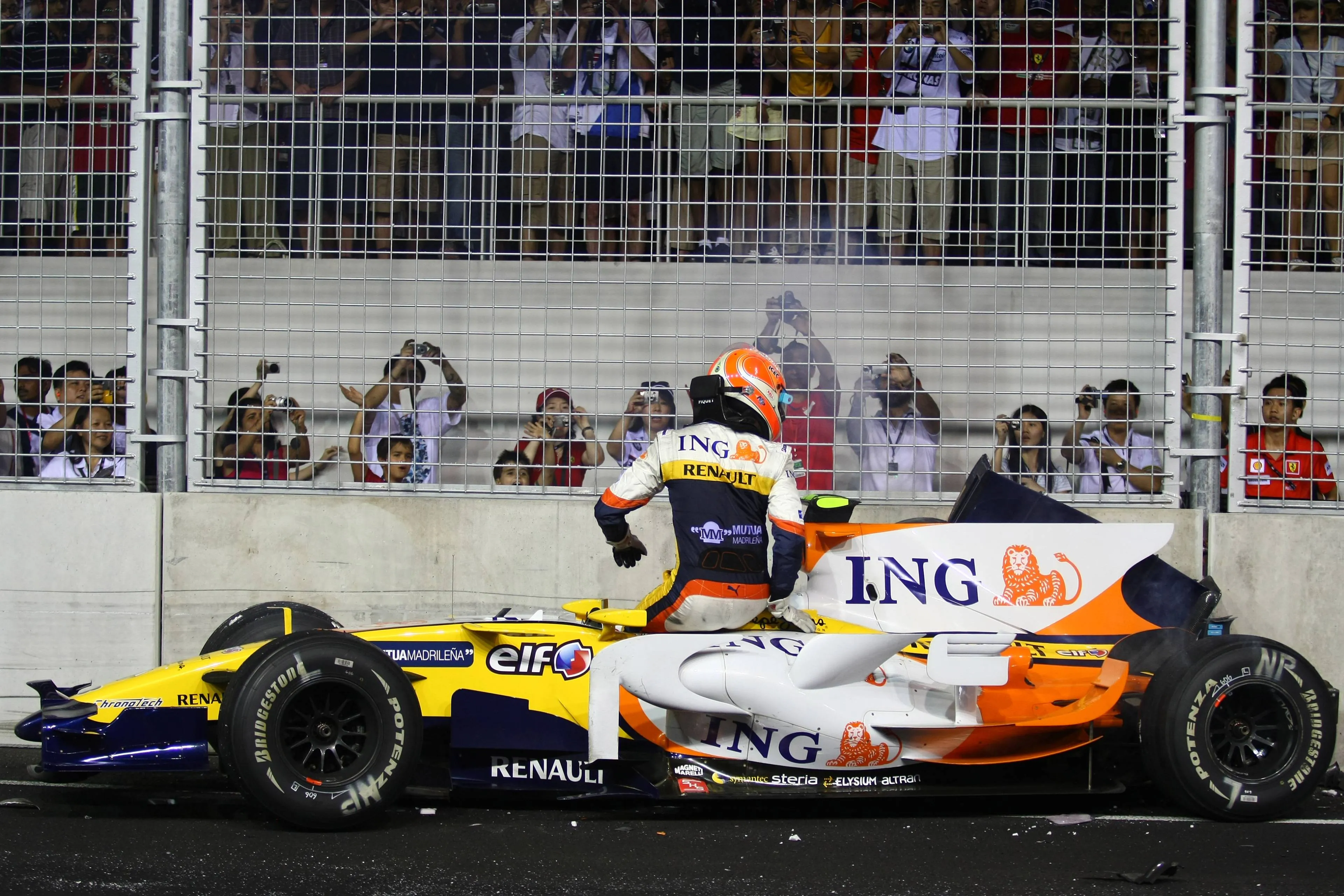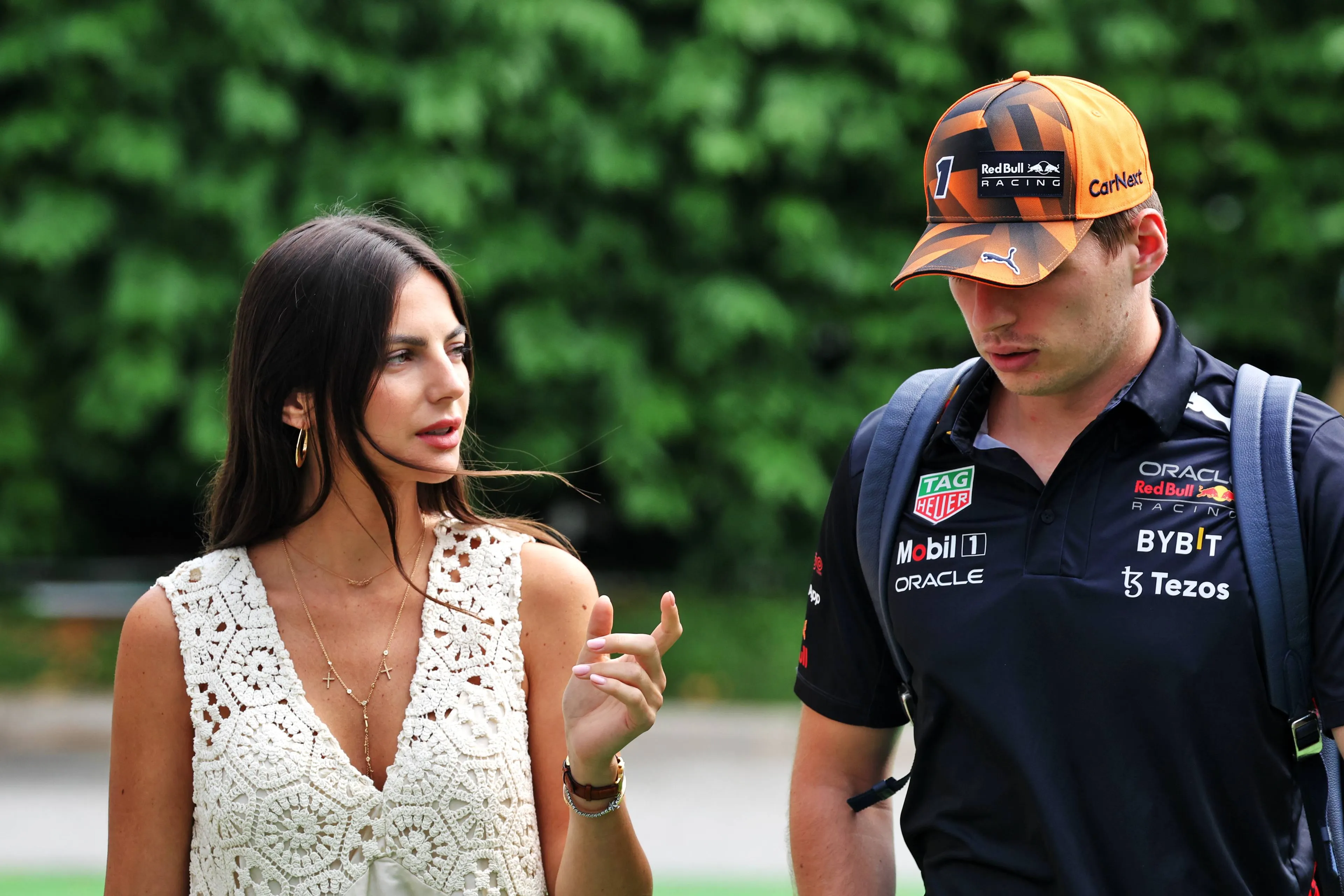Nelson Piquet
While it's no longer surprising to see a Formula 1 grid without a Brazilian driver since Felipe Massa’s departure, it was a very different story in the decades before. During the 1980s, Nelson Piquet proudly carried the Brazilian flag, before Ayrton Senna eagerly took over that role.
Not Tennis, But Motorsport
Following his father’s wishes was something young Nelson had no intention of doing. While his father Estácio wanted him to pursue tennis at a high level, Nelson only dreamed of racing. With national karting championship titles in Brazil in 1971 and 1972, the future world champion made it clear where his heart lay.
The first Brazilian world champion, Emerson Fittipaldi, also gave Nelson a piece of valuable advice: go race in Europe. Competing in the British Formula 3 Championship—a proving ground for many future world champions—Piquet dominated in 1978, winning the majority of races. This success earned him a move to Formula 1.
The Pinnacle of Motorsport
Piquet's F1 journey began with the Ensign team before he moved to Brabham. In 1980, he won three races—including the Dutch Grand Prix at Zandvoort—but narrowly missed out on the championship, which went to Australian Alan Jones with Williams.
A phenomenal comeback in 1981 secured Piquet his first title, despite his Brabham failing him in three consecutive races. However, 1982 was a disappointment, plagued by issues with Brabham's new BMW engine. Initially, they used Ford/Cosworth engines, but consistent performance remained elusive.
In 1983, things turned around when BMW finally mastered their engine package. Piquet claimed his second title, winning three races that season. Unfortunately, this was followed by another period of inconsistency and struggle.
Williams to the Rescue
After finishing just eighth in the 1985 season, Piquet made the switch to Williams in 1986. The team offered him not only a lucrative salary but also a technically advanced car capable of competing at the front. The downside? He was paired with rival Nigel Mansell.
The grumbling Brummie proved to be a fierce competitor for the seasoned Piquet. Despite being promised the status of lead driver, Piquet received no favors from Mansell, and the internal rivalry allowed Alain Prost to snatch the 1986 title as the opportunistic third party.
In 1987, Piquet finally clinched his third championship before leaving the team. That same year, Honda also ended its contract with Williams—opting to supply engines to McLaren from 1988—likely due to their preference for Piquet over Mansell.
The Final Years
Piquet's time with Lotus and later Benetton never quite reached the heights of his Brabham and Williams years. Instead, he became known for criticizing fellow drivers, which naturally earned him few friends in the paddock.
In January 1992, Piquet officially announced his retirement from Formula 1. His fourth-place finish at the 1991 Australian Grand Prix remained his final result in the sport.
The three-time world champion later appeared in the Indy 500 (in 1992 and 1993) and participated twice in the 24 Hours of Le Mans. Neither stint left a lasting impact, and Piquet eventually turned his focus to managing the career of his son, racer Nelson Piquet Jr.
Popular on GPBlog
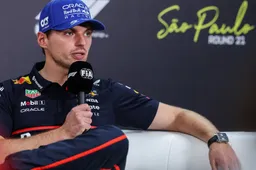
1
Stella's Red Bull cost cap question answered at the F1 Commission? What we know
1083 times read
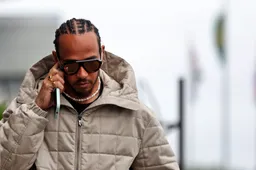
2
Ferrari F1 urged to drop Hamilton for 'cheaper' impressive rookie
845 times read
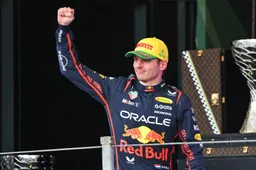
3
McLaren chief on Verstappen's success: 'He has a much bigger vision'
812 times read

4
Former F1 team principal baffled by McLaren role reversal
608 times read
Loading
